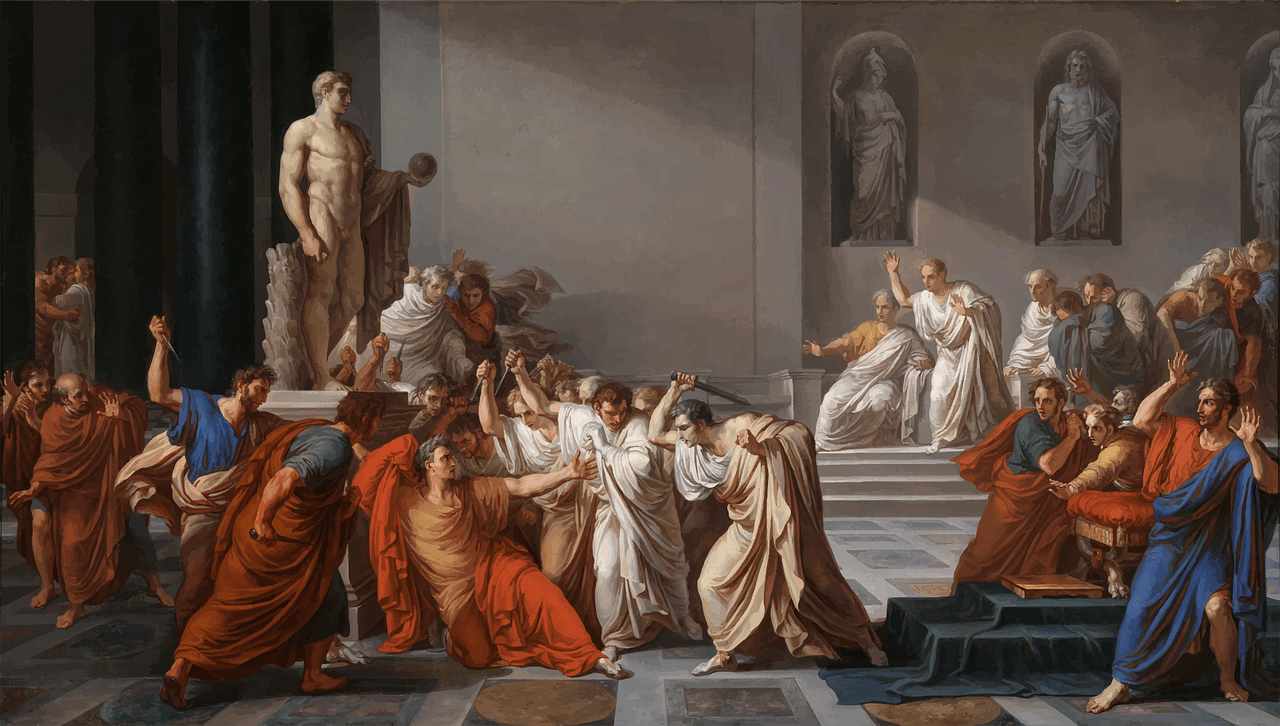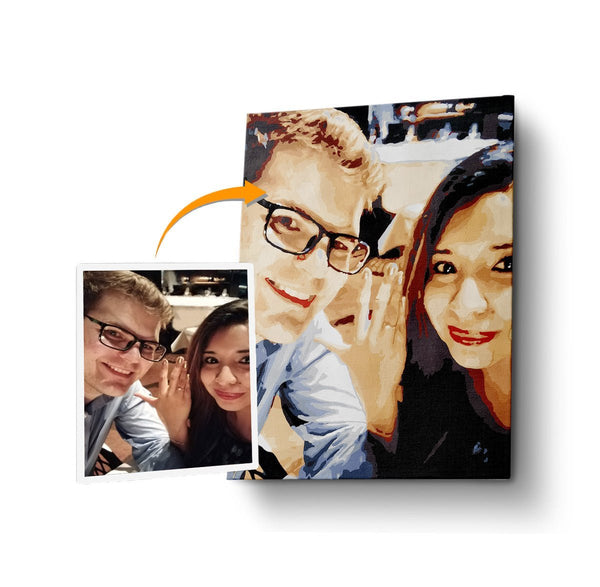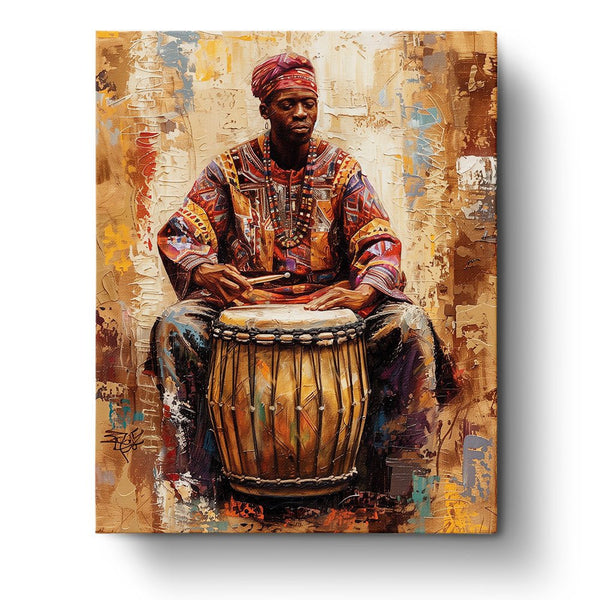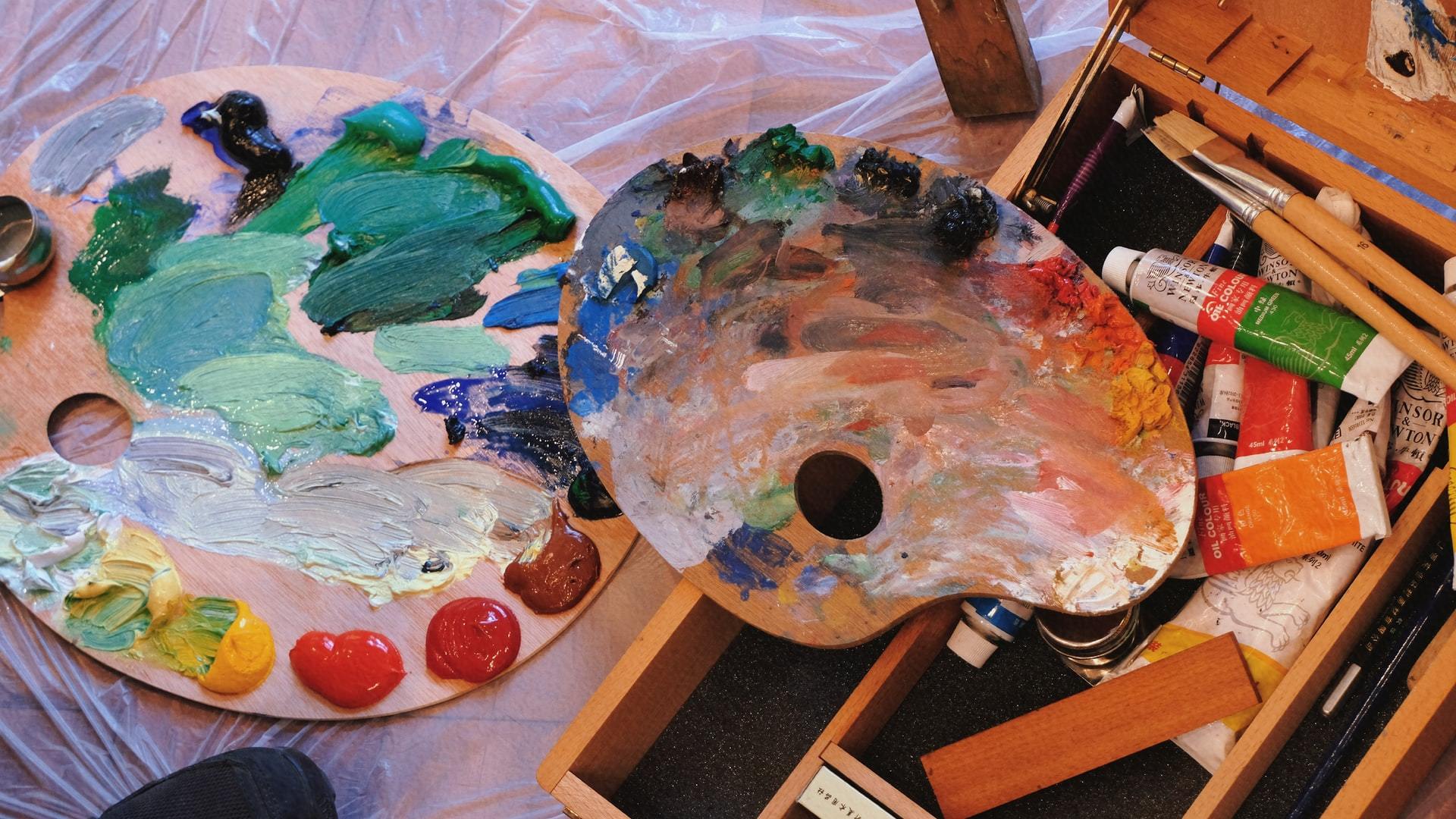
How to Paint Like the Great European Painters
What does it take to be considered a master painter? It takes great precision, patience, technique, intricacy with details, swift brushstroke movements, intense color palettes, being a great player of tonal values, lightness, and darkness, as well as contrast. These artistic skills take years to master, they might even take a lifetime. Do you have what it takes to be a great painter? Everyone does, so don’t get intimidated by the question. Painting like the old masters requires painting tools, time, great effort, and a lot of practice. In this article, we will discuss how you can take your painting skills to the next level: the European painters’ way.

To become a prodigious painter, you need to know a lot of painters, take inspiration from them, and learn from them. If you want to learn the technical aspect of painting, study the artistry and works of European painters like Sandro Botticelli, Leonardo da Vinci, Michelangelo, Raphael, and Francisco Goya - the list goes on. These mentioned painters are some of the most prominent artists considered as the Old Masters or those preeminent artists from Western Europe dating from the 13th century to the 18th century.
Why are they important and what can we learn from them? Well, if you try looking at their paintings, it almost looks like they are an actual image equivalent to today’s photos captured with high-definition cameras. The relationship between the colors is harmonious, the movement of the painting is beyond realistic, the use of materials is greatly maximized, and the overall aesthetic quality is beyond par. For the past few decades, particularly during the start of the 20th century, this type of technical artistry seemed to fade away as the modernism approach began to arise. Eventually, the standard for art changed. Art went from aesthetically pleasing, realistic-looking images to the opposite of what it was. For some, the quality of most artworks created since the 20th century has degraded. Dripping of paint, slashing of canvases, and scraping random colors on the surface have become the gold standard. The philosophy “substance over form” has become prominent.
There is nothing wrong with today’s standard of artistry, but if you want to take your skills to the next level, consider carrying out these practices that the old masters used to do to achieve fine art, something that is better than their masters’.
Steps to Becoming an Old Master in Painting
1. Mastering your tools:
During the time of the old masters, they once apprenticed themselves. They spent a lot of time studying in the atelier of their masters, the equivalent of art school or workshops today. From there, they would stretch the canvases of their master, prepare the painting medium manually, usually oil paints, clean the brushes and palette, and so forth. What we can learn in this process is that knowing your tools will make you a master over them. So, use them to your advantage.

Painting like the old masters requires imitation to learn precision and artistry. This may sound wrong going by modern standards, but imitation or appropriation is normal in the art world. Imitating the artwork of your master as an apprentice is very crucial. It’s what helps you to take your technical skills to the next level. It also helps you learn their art process from the beginning to the end. From there, they were able to learn their master’s technique. The old masters from Western Europe imitated biblical, mythological, and historical figures and scenes as well as portraits, landscapes, and still lifes. However, you need to remember that you cannot stay in this stage forever; this stage will only help you become familiarized with the traditional craftsmanship.

3. Application:
The main goal of the previous step is to get familiar with the master’s sensibilities. This step, on the other hand, is the process where you will apply what you learned. Such will help you develop your taste without compromising the techniques and methods that you’ve learned. Moreover, the goal of this stage is to learn how your master approaches the technical aspects of an artwork--color, toning, values, composition, and design. Furthermore, you will need to practice your accuracy and precision with the brushwork and colors more. That’s how your painting will be as good as your master's. Or even better, outdo his painting.

4. Practice:
If you want to know a secret that was never kept, painting like the old masters requires practice, a lot of it. This isn’t necessarily a step, but rather, it should be a habit. There is a cliché that says practice makes perfect. And it does. The old masters always tried to achieve perfection in what they did, so never go below that standard. It may be tiring and sometimes discouraging, especially when you don't achieve the result that you want, but that’s the goal of practicing-- you’ll never stop until you’re there. And if you’re already there, don’t stop! Instead, keep on practicing because there’s always room for improvement. It takes years to master something, so keep on practicing.

Key Takeaways
Painting like the old masters requires courage, above all. It’s time for you to choose your master, grab your painting tools, and practice your precision. May you become a master painter too, someday!





